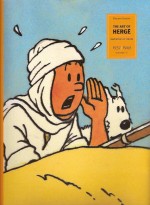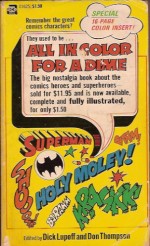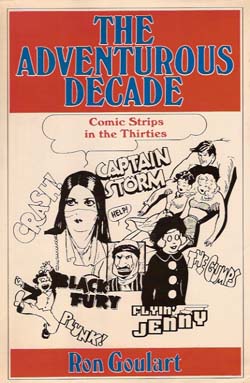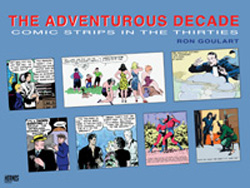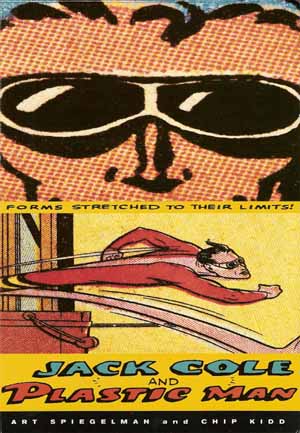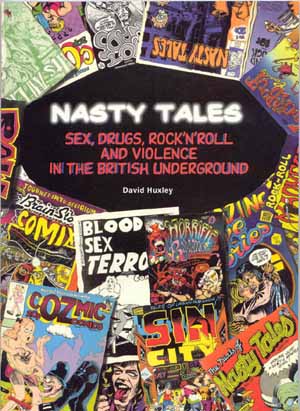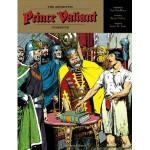
Compiled by Brian M. Kane, with an introduction by Ray Bradbury (Fantagraphics Books)
ISBN: 978-1-60699-305-7
One of the greatest and most successful comic strips of all time, Prince Valiant in the Days of King Arthur launched on Sunday 13th February 1937, a glorious weekly full-colour window not onto the past but rather onto what history should have been. It followed the life and adventures of a refugee boy driven by invaders from his homeland who rose to become one of the mightiest heroes of the age of Camelot.
Created by the incredible Harold “Hal†Foster, the noble lad grew to manhood in a heady sea of wonderment, siring a dynasty and roaming the globe whilst captivating and influencing generations of readers and thousands of creative types in all the arts. There have been films, cartoon series, and all manner of toys, games and collections based the strip – one of the few to have lasted from the thunderous thirties to the present day (over 3750 episodes and counting) and even in these declining days of the newspaper strip as a viable medium it still claims over 300 American papers as its home.
Foster wrote and illustrated the strip until he retired in 1971 when, after auditioning such notables as Wally Wood and Gray Morrow, Big Ben Bolt artist John Cullen Murphy was selected by Foster to continue the legend. In 2004 Cullen retired (he died a month later on July 2nd) and the strip has soldiered on under the extremely talented auspices of Mark Schultz and Gary Gianni ever since.
This glorious book – available in both hardback and softcover – is a complete updating of a 1992 celebratory edition, and features a complete story index and précising of the 3757 adventures to date, including a summary and overview of Val’s life; some key historic interviews and articles on the creators gathered over the years from such disparate sources as Everyday Magazine, the St Louis Dispatch and The Comics Journal covering Foster’s last recorded interview, an examination of Cullen Murphy’s pre-Valiant career, a look at the contribution of both Murphy and uncredited “ghost penciller†Frank Bolle and a brand new appreciation of Schultz and Gianni’s tenure.
A well as a copious and fascinating collection of printed pages, unpublished art, working drawings and candid photographs this superb black and white book also houses a sixteen page full-colour selection of episodes from each creator.
Beautiful, captivating and utterly awe-inspiring Prince Valiant is a World Classic of storytelling, and this book is something no fan should be without. If however you have never experienced the majesty and grandeur of the strip this thoroughly readable and tantalising appreciation might also be your gateway to a life-changing world of wonder and imagination…
Prince Valiant © 2009 King Features Syndicate. All other content and properties © 2009 their respective creators or holders. All rights reserved.

